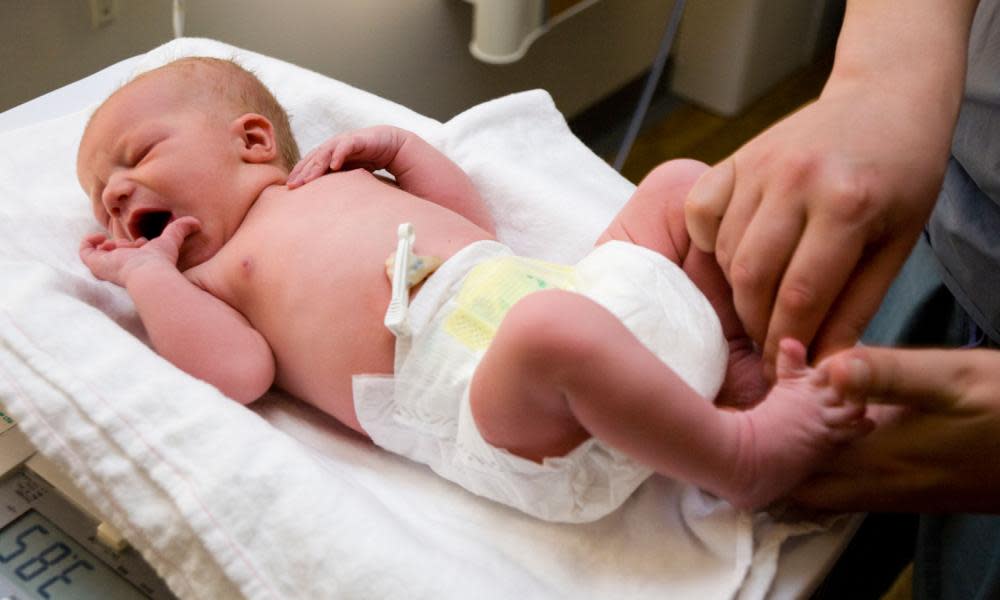Total fertility rate rises for first time in a decade in England and Wales

The total fertility rate in England and Wales has increased for the first time in a decade, with the largest rise among women aged between 35 and 39, data shows.
Women with children have an average of 1.61 each, according to ONS data from 2021, up from 1.58 the previous year.
The general fertility rate, the number of live births per 1,000 women, also increased in 2021 to 55.8 births per 1,000 women, compared with 55.1 the year before.
When looking at fertility rates by age, younger age groups declined while older groups increased.
The number of babies who were born to unmarried mothers or those not in a civil partnership has also overtaken the number of those born to married couples. Just over half (51.3%) of live births in 2021 were by mothers who were unmarried or not in a civil partnership, the first time the proportion has passed half since 1845.
The largest decrease in live births per 1,000 women was in those aged under 20, which declined by 16%, whereas fertility rates among women aged between 35 and 39 rose by 5% on the year before.
The rising fertility rate among older women is part of a major shift towards older motherhood seen over recent years. The trend has been attributed to the advances of women in the workplace but also to the difficulty of buying a home at an earlier age.
In January, ONS figures showed more than half (50.1%) of women in England and Wales who were born in 1990 had no children by the time they turned 30 in 2020, the first generation to do so.
Overall, the pandemic did not produce a baby boom, with the number of live births in 2021 increasing only slightly (1.8) compared with 2020, at 624,828 live births. The figure is lower than the amount of live births in 2019 (657,076) and remains in line with the general trend of a decrease over the past decade.
The Royal College of Midwives (RCM) called for greater investment in maternity services across England, due to an “untenable” situation in which birth rates are rising but the number of midwives has fallen. The country is over 2,000 midwives short of the numbers needed for adequate service, according to the RCM.
Birte Harlev-Lam, the executive director of the RCM, said: “England’s maternity services are under massive and increasing pressures as births rise and serious midwife shortages worsen. This is directly affecting the safety and quality of care for women, babies, and their families.
Harlev-Lam added: “The increase in the birth rate gives 10,000 more reasons why urgent and significant investment is needed. Women and babies, and midwives, maternity support workers and their colleagues are all feeling the effects of a decade and more of underfunding and successive government failures to address it.”
James Tucker, the head of health analysis of the ONS, said: “The number of live births registered outside marriage or civil partnership exceeded the number of births registered within marriage for the first time in 2021.
“This follows the long-term trend of declining marriage rates and increasing numbers of co-habiting couples seen in recent decades. However, caution should be taken in interpreting today’s numbers as we don’t yet know the full impact of the pandemic on marriage and civil partnership statistics.”

 Yahoo Movies
Yahoo Movies 
